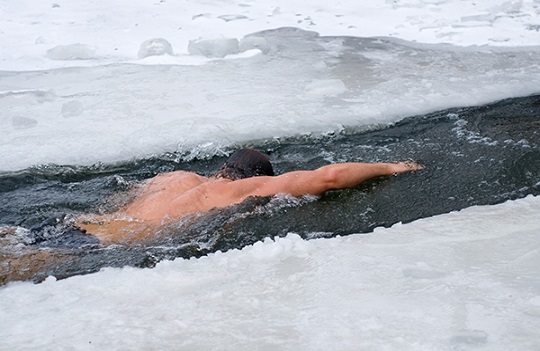

The Health and Safety consolidation report 09/10 instigated the provision of more realistic training scenarios in live fire training drills to reduce the number of fatalities in the fire service. The Northamptonshire Fire and Rescue (NFRS) training centre in Chelveston is designed to provide fire fighter training solutions to other UK fire services where instructors are exposed to severe, realistic fire conditions.
With instructors exposed to harsh conditions between 2 and 4 times a week, NFRS has mandated that instructors must be monitored for the effects of heat stress on their bodies. The Equivital LifeMonitor™ and monitoring software was chosen, enabling the occupational health team to assess, in real time or retrospectively, heart rate, breathing rate, skin and core temperature as well as motion and activity of the trainer.
Background
The Chelveston Tactical Fire fighter centre performs a vital role in the training of fire fighters from around the country and abroad. The ultra-realistic training scenarios help to prepare fire fighters for different types of incidents as well as learning tactics for operational deployment. The cornerstone of the training they provide is reliant on the exceptional trainers that work there. These instructors, by the nature of their job, are exposed to extreme heat for lengthy periods of time and there is a concern that there may be a long term impact on their health.
Until now the impact of heat on the instructor has been self-monitored. Heat related injuries can include heat stress, heat exhaustion and heat stroke which can cause organ damage, a heart attack or even death if timely treatment is not given. Heat stress can impair cognitive function and lead to poor decision making and even hallucination. Self-assessment becomes far more dangerous under these conditions.
The Health and Safety team at Chelveston needed to monitor the vital signs of these instructors, both prior to the training session and afterwards to build up a long term picture of their health.
Implementation – Providing objective monitoring
Northamptonshire Fire & Rescue Service has chosen to use the Equivital LifeMonitor to monitor the vital signs and heat strain of their instructors during “Live Fire” training exercises. By wearing the LifeMonitor, clinical grade heart rate, respiratory rate, core temperature and skin temperature can be measured and then viewed live on a mobile phone, allowing extraction of personnel if temperature increases and heat stress is anticipated.
They are also able to determine how long it takes for a firefighter`s body temperature to return to normal after heat exposure, during the cooling down period.
The Equivital LifeMonitor can also assist the instructors when developing courses to help analyse exposure times of instructors during Live Fire training.
They are now able to individually adapt training schedules and objectively measure the effect of small or big changes in the schedule. Northamptonshire’s Tactical Fire Fighting Training Centre in Chelveston have used the Equivital LifeMonitor for over a year and are building up a comprehensive picture of the health of each of the instructors.
Physiological data is also stored on the LifeMonitor enabling retrospective analysis by NFRS Occupational Health department every 6 months prior to attending their BA medical. They are able to gather a base line of data on each instructor, to look for any trends which could have an impact on their long term health.
Providing extra protection
As Jason Lister,Training and Development Manager at Chelveston stated – “By wearing the LifeMonitor during both Search and Rescue situations and Compartmental Fire Behavioural training` sessions, we are able to provide information to help prevent our instructors from suffering from heat related injury and monitor their recovery time between sessions. We also use the LifeMonitor to provide a baseline of data over a year, to analyse trends and symptoms and use this information in our annual staff medicals. We are impressed by the accuracy of the core temperature readings, as opposed to traditional tympanic readings. Indeed, we were surprised how long the core temperature took to normalise and have adjusted recovery times accordingly.”
Jason Lister